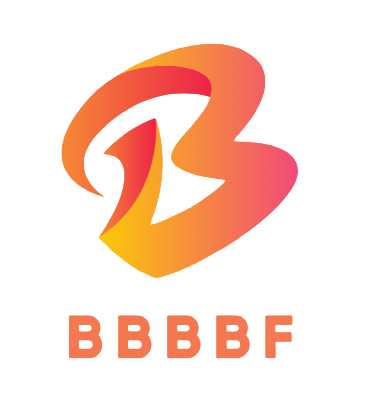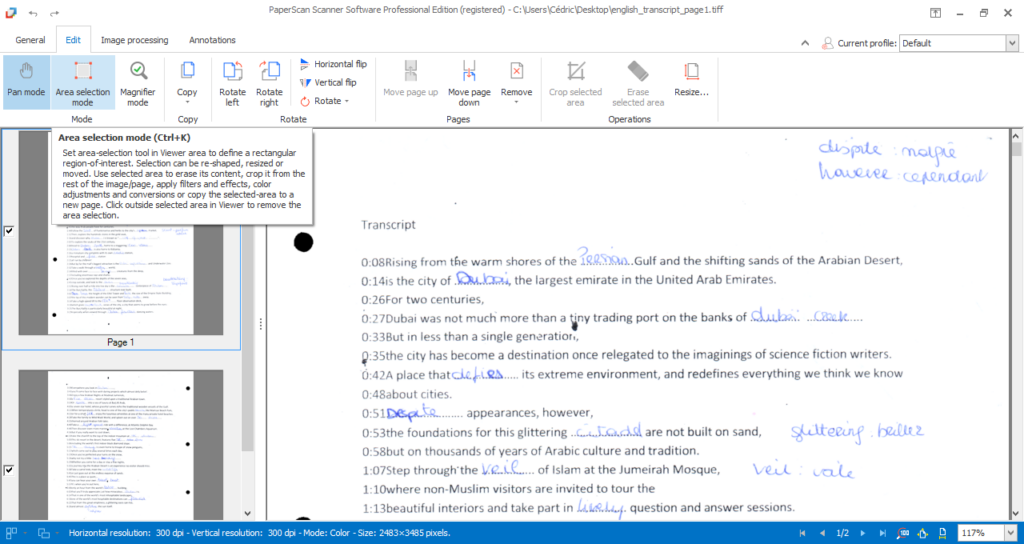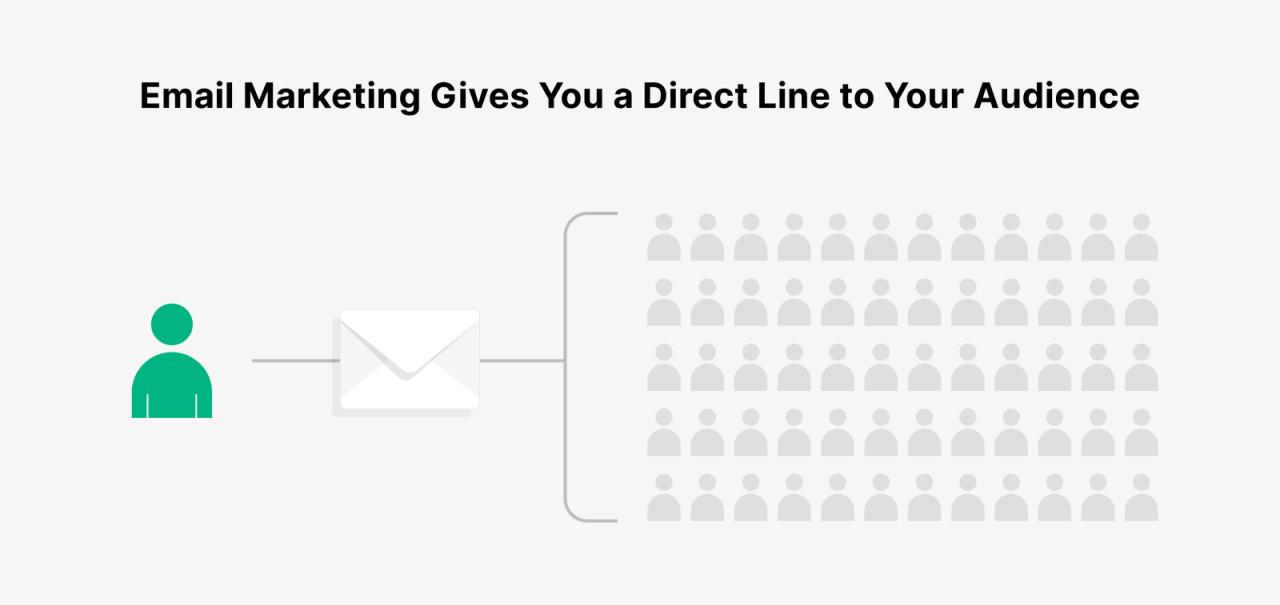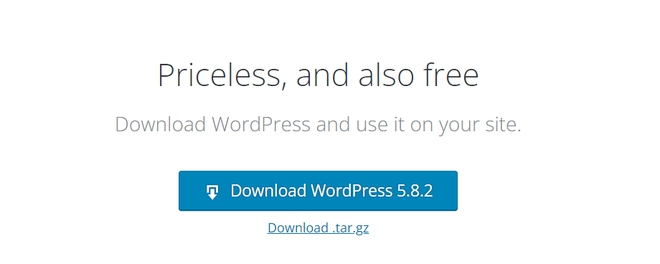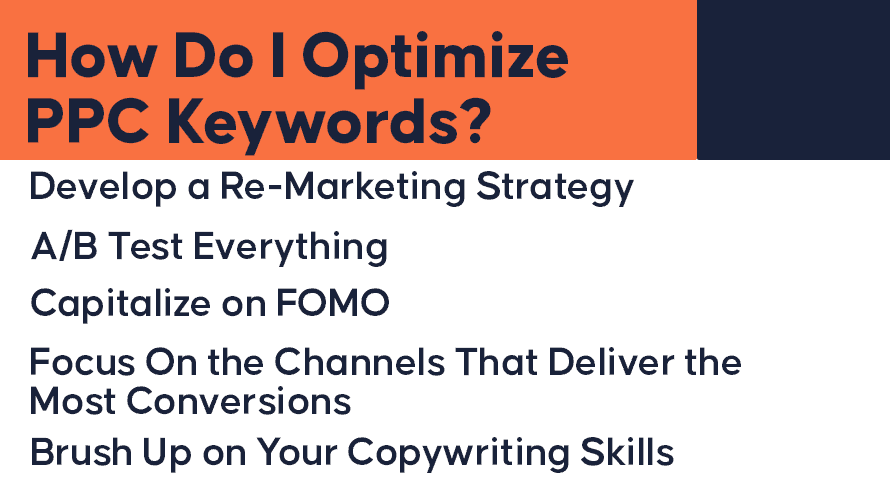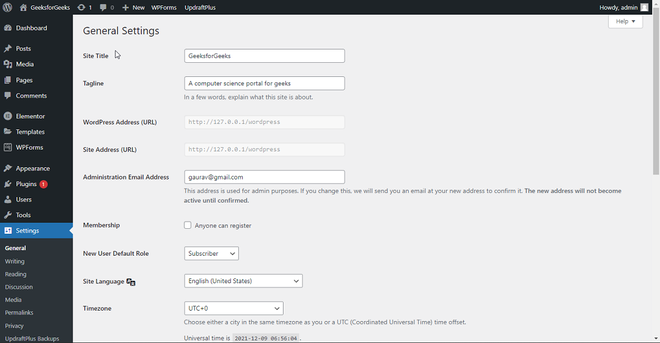User experience is a little harder to quantify than other site-ranking elements. It’s easy to say that users will find your site simple to use, that they will find the information or products that they’re seeking, or that they will have reason to return to your site. But in practice, that’s a little more diffi- cult to achieve.
So, how in the world can a site gain search engine ranking by user experience? It’s fairly simple really. Search engines today are smarter than they have ever been. They may not be able to make you a grilled cheese sandwich, but they can certainly keep track of what results users click when they run a search. Those result selections are essential to adding to the organic ranking of your site.
Here’s a scenario. Say you search for something like health-insurance information. When the search results come up, how are you going to choose which results to look at? Most users read the small descriptive lines that are included with the search engine ranking and select from those.
In most cases, the sites that are visited are those sites that are highest in the rankings. But search engines also monitor which sites are actually clicked on, so let’s say you search through the results and click a link on the fifth page. And suppose several other people do so as well.
That link on the fifth page is going to show more traffic than links that are higher in the results, so smart search engines will move that page higher in the rankings. It may not jump right up to the num- ber one position, but it’s entirely possible for the site to move from the fifth page of rankings to the sec- ond or third. This is part of the equation used when user experience is taken into consideration.
Another part of that experience might be how quickly the user jumps back to the search page. Maybe when you click that link on the fifth page, you can tell when you hit the site that it’s not the page you were looking for (or doesn’t contain the information or product that you were looking for). You click the back button, and you’re taken back to the page of search results.
This is called bounce, and the rate at which users bounce off your site is an indicator of the usability of the site in terms of how relevant it is to what users are searching for. This relates directly to the keywords the user searched for, which relates directly to how your site matches those keywords. To maximize the usability of your site, make sure the keywords you choose and the description of your page are as accurate as possible.
It may take some time for you to learn how to make all of these elements work together, especially when it comes to elements like descriptions and keywords. Be patient, and be willing to experiment with different combinations of words or descriptions until you hit on the ones that combine to send your site rank closer to the top search results. Just remember, it’s an art more than a science, and it takes time (usually two to three months) to see the most accurate results.
Search
Popular on Blogar
2024 Codecademy Premium Account Cookies
- May 08,2024
- 292 Views
2024 Grammarly Premium Account Cookies
- May 08,2024
- 242 Views
2024 Canva Pro Free Team Invite Link And Cookies
- May 08,2024
- 372 Views
Perplexity AI Premium Cookies 2024
- Apr 17,2024
- 403 Views
2024 Udemy Premium Account Cookies
- Apr 15,2024
- 236 Views
2024 ChatGPT 4 Premium Account Free Cookies
- Apr 12,2024
- 467 Views
ORPALIS PaperScan Professional Edition 4.0.10 Cracked
- Mar 29,2024
- 330 Views
Email Marketing-What Is Email Marketing?
- Oct 28,2022
- 471 Views
Content Marketing-What is Content Marketing
- Oct 27,2022
- 699 Views
Social Media Marketing-Social Media Marketing (SMM)
- Oct 27,2022
- 612 Views
Pay-Per-Click-What is PPC
- Oct 27,2022
- 667 Views
February 2-2024-X50 Disney+ Premium Accounts
- Feb 02,2024
- 93 Views
How to Transfer Files Using Remote Desktop?
- Apr 27,2024
- 90 Views
WordPress Tutorial-How to Install WordPress on Your Website ?
- Nov 15,2023
- 83 Views
January 16-2024-X80 Disney+ Premium Accounts
- Jan 16,2024
- 82 Views
Pay Per Click-How Do I Optimize PPC Keywords?
- Feb 29,2024
- 81 Views
December 11-X4 Disney+ Premium Accounts
- Dec 11,2023
- 81 Views
WordPress Tutorial-WordPress General Setting
- Nov 15,2023
- 78 Views
Recent Post
2024 Codecademy Premium Account Cookies
- May 8th 2024
- 292 Views
2024 Grammarly Premium Account Cookies
- May 8th 2024
- 242 Views
2024 Canva Pro Free Team Invite Link And Cookies
- May 8th 2024
- 372 Views
Perplexity AI Premium Cookies 2024
- April 17th 2024
- 403 Views
2024 Udemy Premium Account Cookies
- April 15th 2024
- 236 Views
2024 ChatGPT 4 Premium Account Free Cookies
- April 12th 2024
- 467 Views
ORPALIS PaperScan Professional Edition 4.0.10 Cracked
- March 29th 2024
- 330 Views
Email Marketing-What Is Email Marketing?
- October 28th 2022
- 471 Views
Content Marketing-What is Content Marketing
- October 27th 2022
- 699 Views
Social Media Marketing-Social Media Marketing (SMM)
- October 27th 2022
- 612 Views
Pay-Per-Click-What is PPC
- October 27th 2022
- 667 Views
2024 Prime Video Premium Account Cookies
- May 8th 2024
- 135 Views
Copyright © 2024 BBBBF All Rights Reserved.
